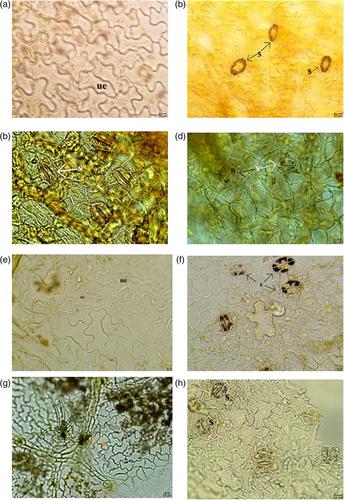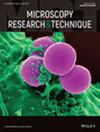Anatomy and micromorphology of Tilia species from Turkey and its taxonomic implication
Abstract
The genus Tilia L. belongs to Malvaceae and it is represented by four species in Turkey. These are T. cordata, T. platyphyllos, T. rubra subsp. caucasica, and T. tomentosa. Tilia species have medicinal importance, especially to treat colds, flu, and coughs, and are also used as sedatives. Inflorescence with bract is recorded in the pharmacopeia as used parts. This study aimed to investigate the differences in leaf and bract characteristics in distinguishing Tilia species. Leaves and bracts were examined anatomically and micromorphologically under light and scanning electron microscopes (LM and SEM). There is no comparative anatomical and micromorphological study of Tilia species from Turkey. Microscopic examination allows for the observation of stomata types, trichomes, and other anatomical structures. These features can vary among species and can aid in differentiation. Features of bract that is medicinally used part were evaluated to find efficient diagnostic characters. The leaves also possess distinct characteristics, and leaf morphology is already used in the identification key in Flora. The emphasis is on identifying the species of medically used drugs. A diagnostic key was created using LM and SEM based on bract features to differentiate taxa for the first time.
Research Highlights
- Leaf and bract anatomy of Tilia taxa was studied via LM and SEM.
- The raw plant material is inflorescence with bract so identification by bract is important for species adulteration.
- An diagnostic key based on bract features was created for the first time.


 求助内容:
求助内容: 应助结果提醒方式:
应助结果提醒方式:


